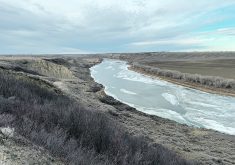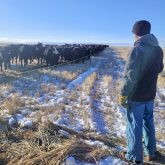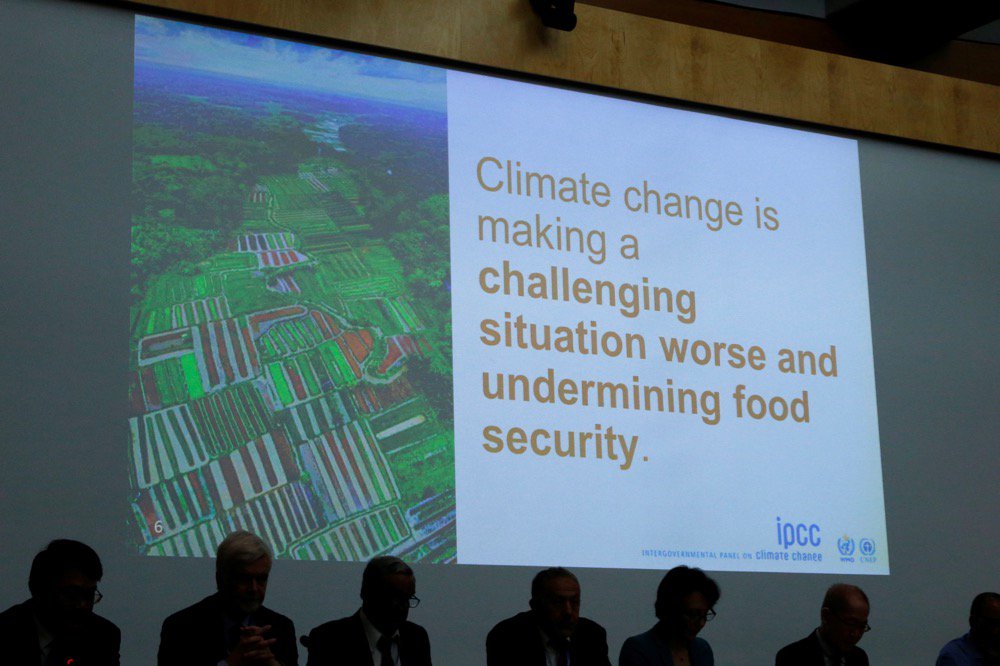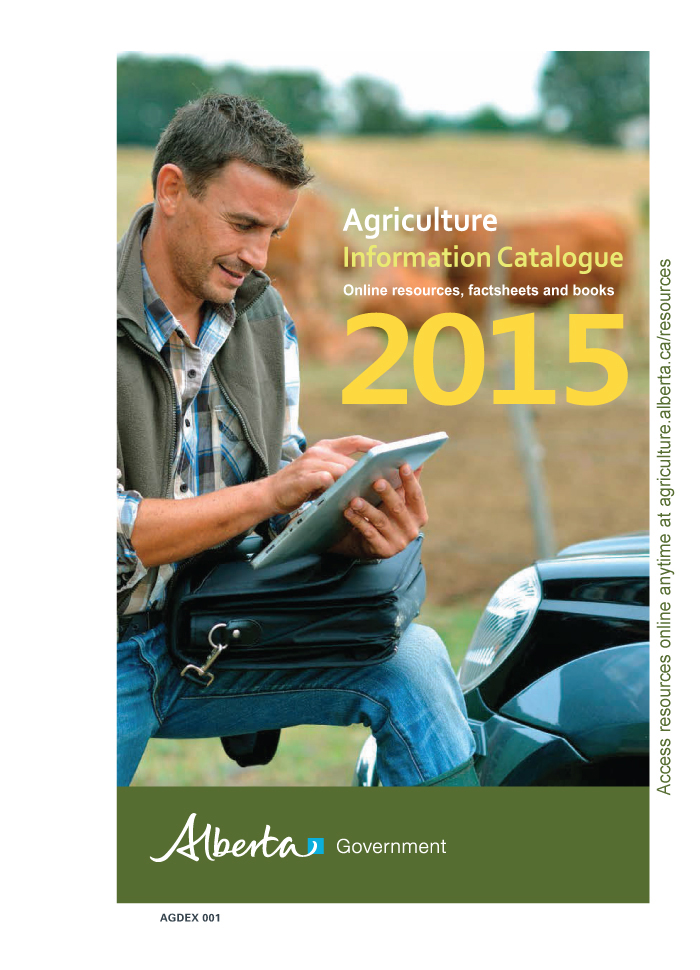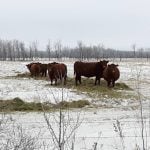Glacier FarmMedia – A new report for the Canadian Agri-Food Policy Institute seeks to educate policymakers about the impact of animal agriculture on economic, social and environmental levels.
The Forces Impacting Animal Agriculture In Canada: A Synthesis report delves into the issues surrounding cattle, dairy and poultry production in the country and how they are interconnected within various factors in day-to-day life.
Al Mussell, CAPI’s director of research, said the report draws from a lengthy technical report. Both that report and the synthesis document conclude that animal agriculture is important, though its economic impact may not be so clear to the less informed.
Read Also
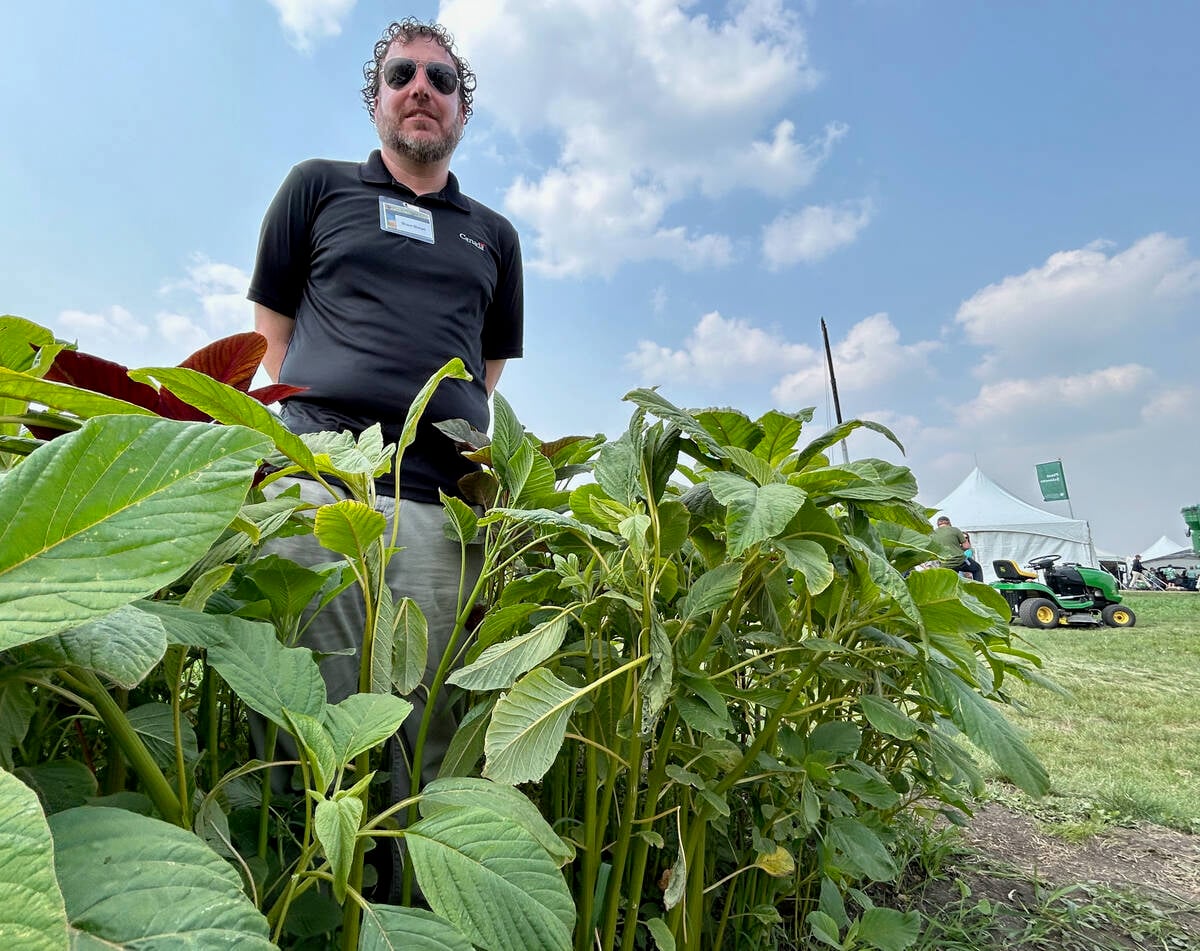
Glufosinate resistant waterhemp found in U.S. Midwest
News of glufosinate-resistant kochia in the U.S. is concerning as farmers are losing options to control waterhemp, also of the pigweed family.
“It makes the point, and really drives home, that animal agriculture is extremely important in Canada. It’s extremely important from an economic growth perspective but it is particularly important regionally in rural areas that otherwise would not have the same levels of employment, levels of income in local communities,” said Mussell.
It’s also an industry built on use of farming byproducts to increase the value of animals.
The report notes that Canada has some of the lowest carbon dioxide emissions from production of pork and beef, lower than those in Western Europe, South America and Australia.
As well, it highlights that farmers are the most trusted people in the Canadian food system and that animal agriculture produces $90 billion in sales, 164,000 direct jobs and roughly two-and-a-half times that in indirect jobs.
Animal agriculture provides options to farmers whose crops are lost to hail, drought or other factors, and it enhances pasture lands through grazing.
Mussell said such points can get lost in the complexity of the agricultural food production system.
“The motivation for writing this report, this major initiative on our part, comes out of the concern there are quite a number of people who need to be involved in decisions that relate to animal agriculture but don’t bring particular expertise to it,” said Mussell.
“Those people are in a difficult spot because there is always a tendency to fall into a subset of isolated facts that might take you in a particular direction when in fact this is a much more complicated type of a system.”
The report is designed to provide perspective to decision makers by offering a balanced understanding of the value of animal agriculture and its importance to many communities.
“In Canada, we have an excellent animal agriculture system,” Mussell said. “It’s not perfect. There are problems. There are challenges and they need supportive policy to make headway on those challenges.”
One is the continuously diminishing cattle inventory over the past two decades.
On the other side, the industry’s preservation and improvement of biodiversity through responsible grazing techniques might not be fully understood, Mussell said.
“You look at what we are able to do today to make better use of grasslands, lighten up the footprint of animal agriculture within that — pretty impressive and that’s over and above the basic conversion efficiency of animal agriculture.”
Conversion efficiency refers to land not suitable for crop production that would otherwise be unproductive if it were not used to feed livestock, said Mussell.
The report can be found on the CAPI website at capi-icpa.ca.
– Alex McCuaig is a reporter for The Western Producer.



